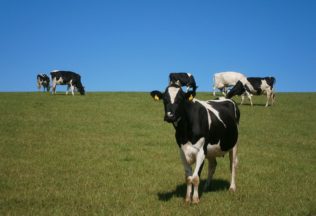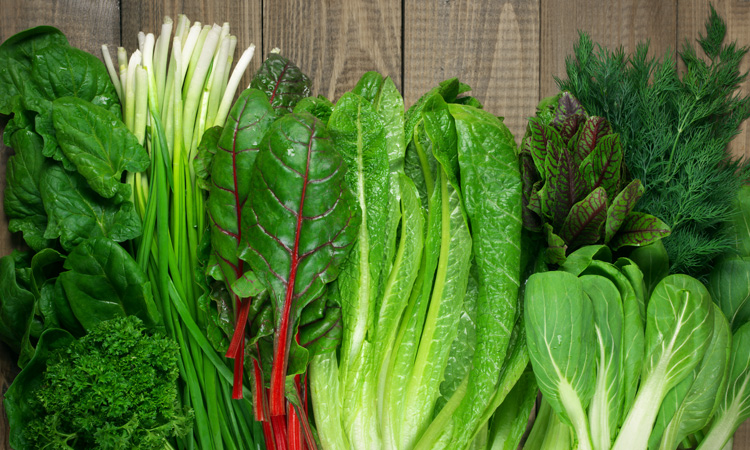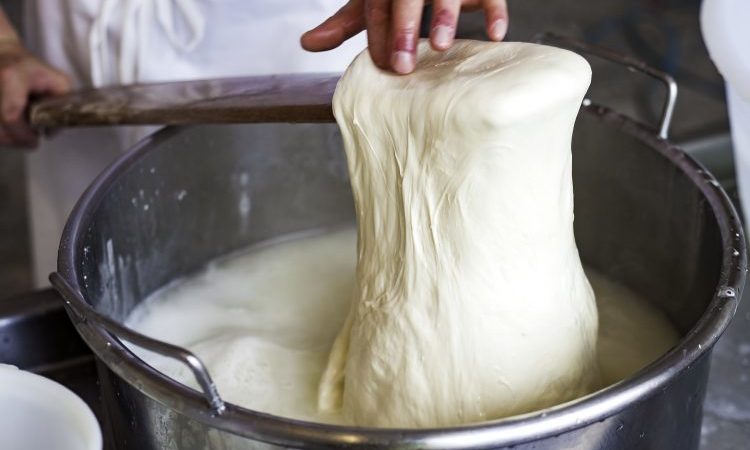Southeast Asia beckons – dairy exports into ASEAN-6 nations set to boom over the next decade

Demand for dairy in Southeast Asia is set to surge over the coming decade, creating future opportunities for key dairy-exporting regions, including Australia, agribusiness specialist Rabobank says in newly-released global research.
In its report, Dairy export boom beckons in ASEAN-6 – with a push and a pull, the bank says the combined dairy import deficit of the ASEAN-6 nations (Indonesia, Malaysia, the Philippines, Singapore, Thailand and Vietnam) is one of the largest in the world and growing.
The bank forecasts the combined annual milk deficit of the ASEAN-6 countries to reach close to 19 billion litres (liquid milk equivalent) by 2030 – up from an estimated 12.9 billion litres in 2020.
This would see growth in demand for dairy imports in the region well and truly eclipsing that of China – currently the world’s single-largest dairy importer – where the annual milk deficit is forecast to reach 15 billion litres in 2030 (from an estimated 10.2 billion in 2020).
And with the ASEAN-6 representing a growing opportunity, these markets are expected to be an increased focus for dairy exporters around the world, including Australia, over the coming decade, says report co-author, Rabobank senior dairy analyst Michael Harvey.
“The absolute market size of these collective nations is significant, and a growing milk deficit over the next decade in Southeast Asian countries will be a major ‘pull’ factor to propel dairy exporters to re-engineer their export growth strategies towards these markets,” he said.
“Given the scale and attractiveness of the ASEAN-6 markets, dairy exporters need to have the right level of exposure. And, while there are challenges, Rabobank is very optimistic about future opportunities for dairy companies in these economies.”
Overweight/underweight
In addition, the report says, rising trade tensions and slowing growth in dairy demand in China are also seeing dairy exporters reassess their strategies, after prioritising that market over the past decade.
The focus on China in recent years has been understandable, Mr Harvey said, with its scale and rapid growth incentivising dairy exporters around the world to focus investment in this market.
Now though, while the dairy sector had largely not been impacted by geopolitical tensions to date, a deterioration in relations between China and its key trading partners was causing uncertainty for exporters.
“As a result of China’s exceptional dairy market growth, many dairy companies now have a high degree of exposure to the Chinese market and are more sensitive to trade tensions,” Mr Harvey said.
“And, trade tensions aside, China’s dairy demand is also expected to ease over the next decade as the rate of growth in per capita demand in that country slows. This slowdown should further compel dairy exporters to reassess their export growth strategies to consider increasing investment in the ASEAN-6 region. Dairy companies will need to evaluate their export portfolios to determine if they are overweight in China and/or underweight in Southeast Asia.”
Australia
Australia’s dairy sector has a high level of exposure to China in terms of export revenue, Mr Harvey said, but also enjoys long-standing markets in the ASEAN-6 countries.
“However, Australia’s market share in the ASEAN-6 dairy markets has fallen over the past decade as milk production has dropped and other export markets, such as China, have been prioritised,” he said.
In 2019, approximately 35 per cent of Australian dairy exports went to China, with 30 per cent to Southeast Asia.
“Given milk production here is growing again and a key goal outlined in the Australian Dairy Plan is to grow production over the medium term to utilise in export markets, now is a good time for the sector to be having discussions about its long-term role in the global market,” Mr Harvey said.
“The critical question is what markets should we invest in for the long term and how that then shapes the direction of the local supply chain.”
Significant headroom
While dairy demand growth may be slowing in the massive Chinese market, there is “significant headroom for growth in per capita consumption” in Southeast Asia, the report says, underpinned by socio-economic developments and local initiatives that support consumption growth and as incomes rise.
Factors supporting growth in these markets include:
- large populations, increasing urbanisation and a growing middle-class with purchasing power
- the continuing development of integrated supply chains
- current low per capita dairy consumption rates
- private and public investment to boost consumer awareness about the nutritional benefits of dairy and
- government initiatives to expand local food processing.
Indonesia and Vietnam remained standout markets for growth in the region, Mr Harvey said, with their economies having the strongest mix of positive macro-economic and demographic factors.
While dairy sales volumes had been severely hampered by the impacts of COVID-19 through Q2 2020 in the ASEAN-6 markets, the report says, Rabobank forecasts retail dairy consumption in the region to return to growth in 2021.
In specific dairy categories, over the next decade, the bank expects:
- robust demand growth in yoghurt products, fresh milk and ready-to-drink beverages
- a focus on expanding premium and speciality offerings (such as organic and childhood nutrition)
- more modest growth in mainstream categories, such as condensed milk and retail milk powders
- increasing household consumption of table butter and fresh cheese (albeit from a low base) and
- increased demand for dairy products from the bakery and quick-service restaurant sectors.







